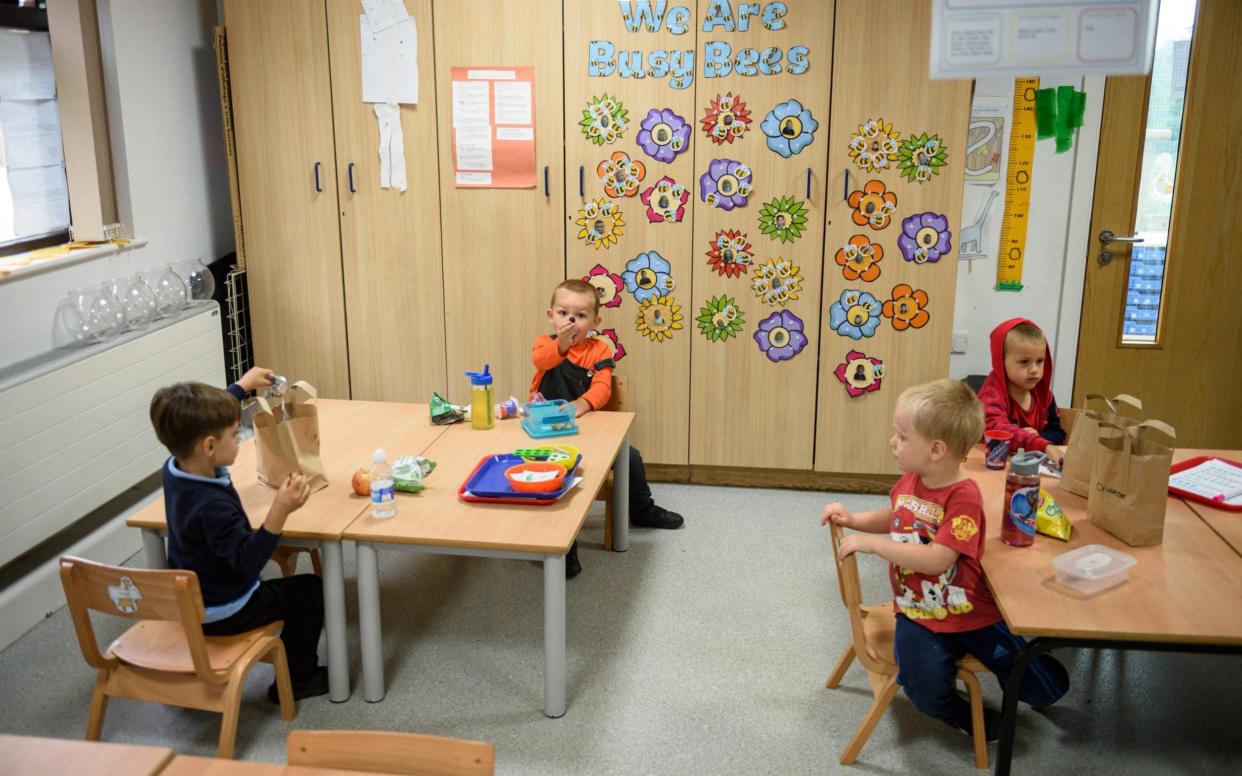Children will be told to walk or cycle to school rather than take public transport

Children will be told to walk or cycle to school rather than take public transport when the new term begins in September, the Government will announce this week.
Ministers have drawn up plans that will see children encouraged not to rely on public buses, trains and trams to travel to and from school, especially not at peak times.
For children who travel to school on dedicated school buses, attempts should be made to ensure that “bubbles” stay together and that different year groups do not mix, Government guidance is expected to say.
Officials considered relaxing the statutory duty on local councils to provide home-to-school travel arrangements for children, The Telegraph understands.
This would allow councils more flexibility to insist that children made their own way to school rather than rely on council-funded modes of shared transport.
Officials are understood to believe that transport is a “very big concern” for parents who will want to be reassured that their children can safely travel to and from school.
Geoff Barton, general secretary of the Association of School and College Leaders, said: “The older children get, the bigger an issue transport becomes. Secondary pupils travel further to get to school. Headteachers need to plan for this.”
Gavin Williamson, the Education Secretary, will announce this week how schools in England will operate from September and detailed guidance will be published by the Department for Education.
It is expected to focus on how schools ensure that children will catch up on work they have missed.
The draft guidance states that secondary schools will be asked to put students in “year bubbles”, while primaries will be asked to stick to “class bubbles”.
This means that in secondary schools, entire year groups of up to 240 pupils could be sent home if one child tests positive for coronavirus.
Nearly nine in 10 primary schools in England have reopened but only around a third of eligible pupils in some year groups are back in class, the latest official figures show.
Almost three quarters of secondary schools welcomed back more students in Years 10 or 12 on June 25, the second week that the Government said "face-to-face" support should be offered. But only a third of pupils in Reception and Year One attended school on June 25, up from just over a quarter the week before.
Attendance continues to be highest among Year 6 pupils, with around two in five attending school last Friday, up from a third on June 18.

 Yahoo News
Yahoo News 
